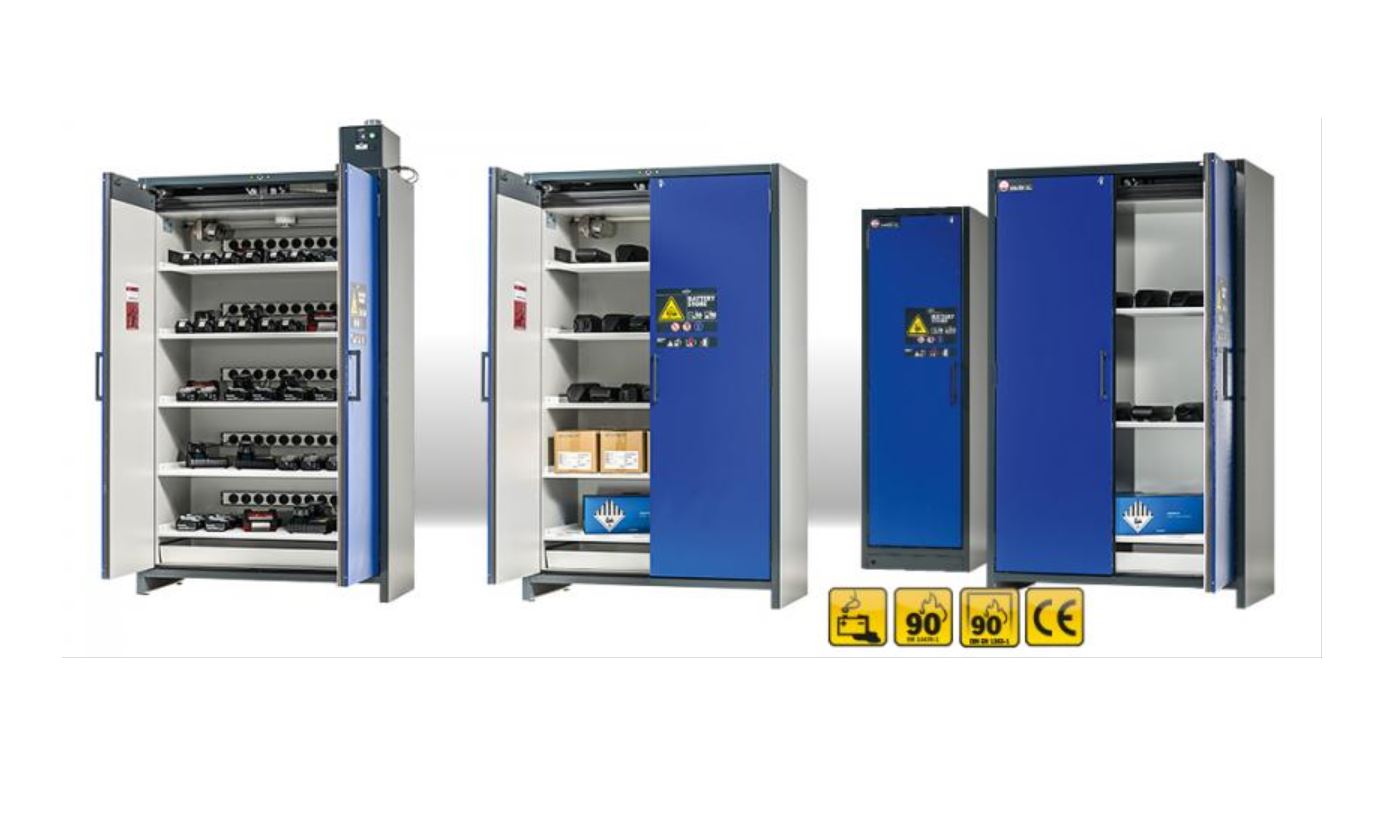6zfshdb
Well-Known Member
- Region
- USA
- City
- Northeast Pennsylvania
I realize the ammo cans are not sufficient to fully contain a battery fire, I use them more as a delaying tactic. I never charge unattended and always under a smoke alarm. If the alarm is triggered, hopefully, it will give me time to roll the dolly mounted cans out of the garage before the fire becomes too intense. I'm also looking at adding a fire resistant liner to the charging can. Perhaps something as simple as cement board would be an improvement.I've seen no test data that proves that ammo cans are safe for 8 to 25 ah LiIon battery fires.
Bulkhead electrical connectors are suitable for sheet metal, not 3/8" (1 cm) steel plate.
My wood stove is sheet metal, not 3/8" steel plate.
I'm not sure why you say the bulkhead connectors are only suitable for sheet metal. If you look at the design of the ones I linked, they are long enough to use in 2" thick plate providing you can drill the necessary 15/16" hole.
Did you mean to say your wood stove is 3/8" plate and not sheet metal? I don't see where a sheet metal stove would be much safer than an ammo can.
As I said in my post, this plan isn't perfect but it's better than nothing.
Last edited:



